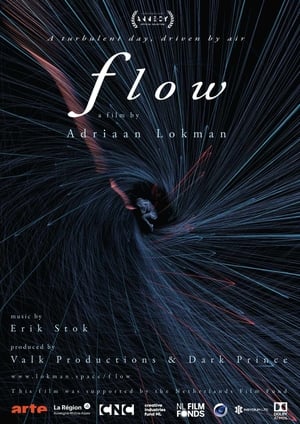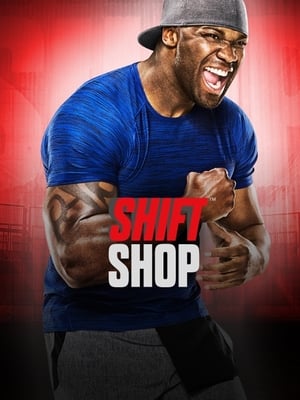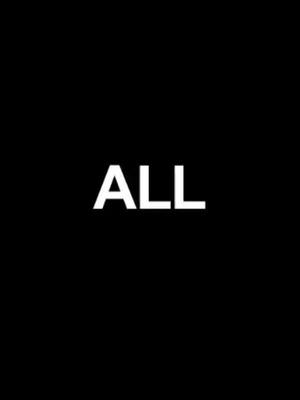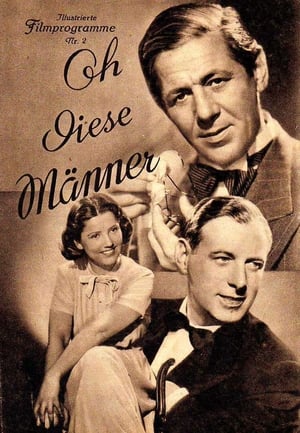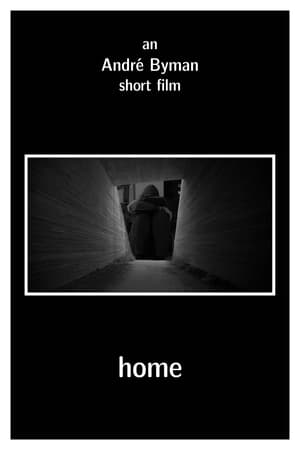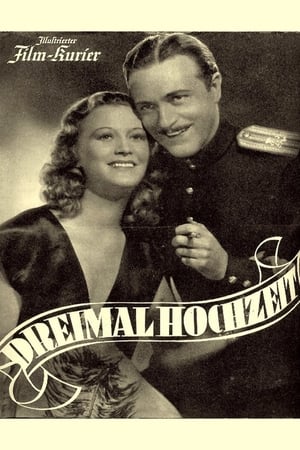
Walking(2024)
Tommy sets out to document walking. He meets a colorful cast of characters, attaches microphones to his feet, and contends with what it means to capture movement on film.
Movie: Walking
Top 1 Billed Cast
Self

Walking
HomePage
Overview
Tommy sets out to document walking. He meets a colorful cast of characters, attaches microphones to his feet, and contends with what it means to capture movement on film.
Release Date
2024-04-26
Average
10
Rating:
5.0 startsTagline
Genres
Languages:
EnglishKeywords
Recommendations Movies
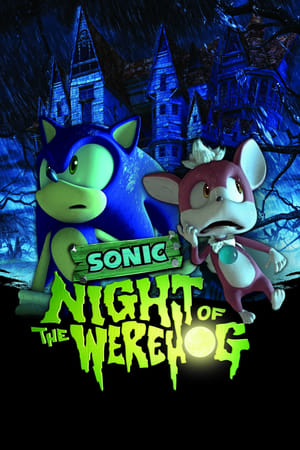 6.8
6.8Sonic: Night of the Werehog(ja)
One night of severe rain, Sonic and Chip come by an old mansion where they decide to take shelter. Whilst Sonic seems unfazed by the creepy surroundings, Chip is scared out of its wits. The mansion is inhabited by three scary - yet sweet - ghosts who like to play tricks on innocent visitors: A cute and girlish ghost who likes to collect photographs of her terrified guests. The remaining two boy ghosts compete for her attention by taking photographs of their scare victims. Their scariness is the key to popularity in the realm of ghosts. The boy ghosts are excited at the prospect of hunting their new and unusual guests, Sonic and Chip. Who will win the ultimate competition to her heart?
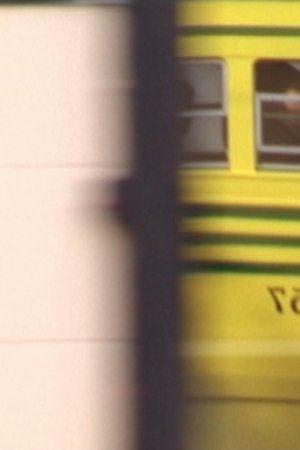 5.7
5.7way(en)
San Francisco filmmaker Konrad Steiner took 12 years to complete a montage cycle set to the late Leslie Scalapino’s most celebrated poem, way—a sprawling book-length odyssey of shardlike urban impressions, fraught with obliquely felt social and sexual tensions. Six stylistically distinctive films for each section of way, using sources ranging from Kodachrome footage of sun-kissed S.F. street scenes to internet clips of the Iraq war to a fragmented Fred Astaire dance number.
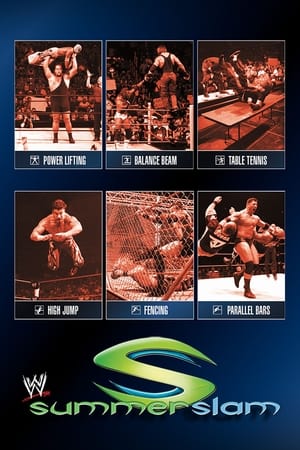 8.6
8.6WWE SummerSlam 2004(en)
SummerSlam (2004) was the seventeenth annual SummerSlam PPV. It was presented by Stacker 2's YJ Stinger and took place on August 15, 2004 at the Air Canada Centre in Toronto, Ontario and featured talent from the Raw and SmackDown! brands. The main match on the Raw brand was Chris Benoit versus Randy Orton for the World Heavyweight Championship. The predominant match on the SmackDown! brand was John "Bradshaw" Layfield (JBL) versus The Undertaker for the WWE Championship. The featured matches on the undercard included Kurt Angle versus Eddie Guerrero and Triple H versus Eugene.
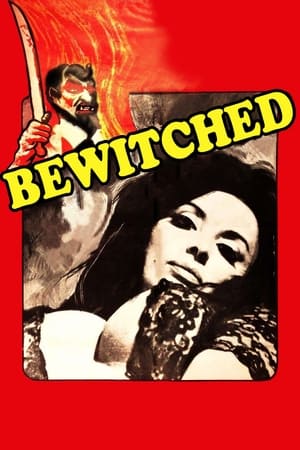 4.1
4.1Bewitched(es)
Ansise is a former Indian whose only dream is to become a mother. The idea of motherhood gradually turns into an obsession for her. Unfortunately, she has married an impotent man. But she tries to get pregnant anyway. She even tries to work as a prostitute and goes to a local witch. But the real problem is that an evil entity called Pombero has fallen with love with her, killing all the men crossing her way.
 8.0
8.0Ajker Shortcut(bn)
The story takes off when Bishu, a slum dweller, and Abesh, a wanna-be poet, feel shaken after witnessing suicide of a homeless person on a busy road of Kolkata.
 6.4
6.4Jailbreak(en)
A reporter gets himself sent to prison so he can solve a murder behind bars.
Make me the Next Model Too(en)
Make me the Next Model Too is a model competition
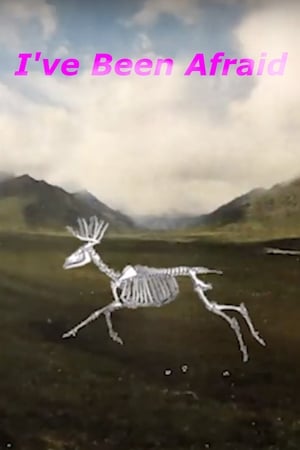 7.0
7.0I've Been Afraid(en)
"I've Been Afraid" blends stories of women who have been threatened.
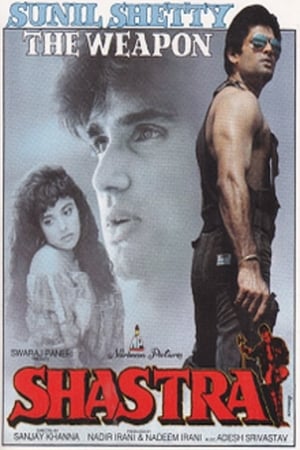 3.5
3.5Shastra(hi)
One of the employees of Vijay's parents, Babu, is sentence to a long jail term for killing them. In hot pursuit to avenge the death of his parents Vijay wait until Babu is release from jail and confronts him. It is this confrontation that will change Vijay's life as Babu confides to him that he was framed for the murder of his parents; this then lightens up a man-hunt for the real perpetrators of this crime.
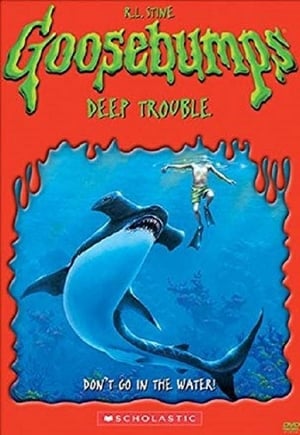 8.4
8.4Goosebumps: Deep Trouble(en)
Billy and Sheena visit their Uncle Harold on an island in the Caribbean, but while exploring under water they find something terrible lurking deep below the sea.
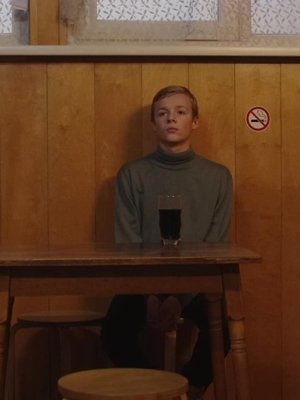 6.5
6.5MAN(lv)
A story about several hours, which significantly change the adolescent boy's life. In a small town in Latvia, there is an old Ferris wheel near a bar, in which the protagonist meets a female truck driver, and soon the wheel of fate of the adolescent boy is set in motion.
Similar Movies
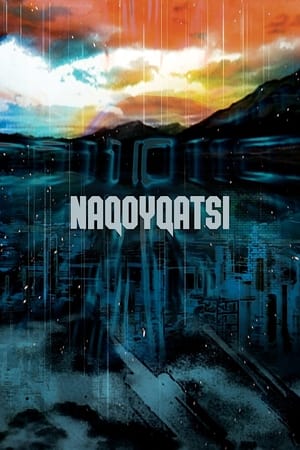 6.1
6.1Naqoyqatsi(en)
A visual montage portrait of our contemporary world dominated by globalized technology and violence.
 0.0
0.0Long Live Hunting!(cs)
This documentary essay introduces a peculiar trio of men united by their passion for hunting. Each of them conceives of hunting in his own way, luring the viewer to an exotic safari, to an antlered trophy collection or to a sitting in the woods.
 4.9
4.9Visions of Europe(en)
Twenty-five films from twenty-five European countries by twenty-five European directors.
 7.5
7.5Microcosmos(fr)
A documentary of insect life in meadows and ponds, using incredible close-ups, slow motion, and time-lapse photography. It includes bees collecting nectar, ladybugs eating mites, snails mating, spiders wrapping their catch, a scarab beetle relentlessly pushing its ball of dung uphill, endless lines of caterpillars, an underwater spider creating an air bubble to live in, and a mosquito hatching.
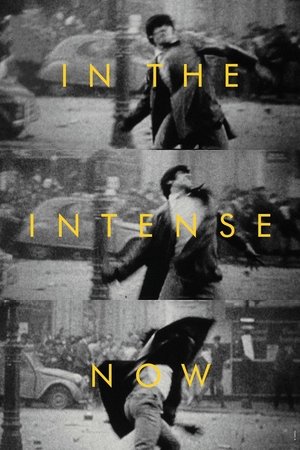 7.8
7.8In the Intense Now(pt)
A personal essay which analyses and compares images of the political upheavals of the 1960s. From the military coup in Brazil to China's Cultural Revolution, from the student uprisings in Paris to the end of the Prague Spring.
Kintaro Walks Japan(en)
Kintaro Walks Japan is a documentary film produced and directed by Tyler MacNiven. It is an account of MacNiven's journey walking and backpacking the entire length of Japan from Kyūshū to Hokkaidō, more than 2000 miles in 145 days.
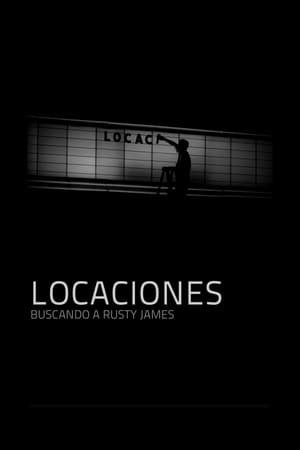 3.0
3.0Locations: Looking for Rusty James(es)
A personal meditation on Rumble Fish, the legendary film directed by Francis Ford Coppola in 1983; the city of Tulsa, Oklahoma, USA, where it was shot; and its impact on the life of several people from Chile, Argentina and Uruguay related to film industry.
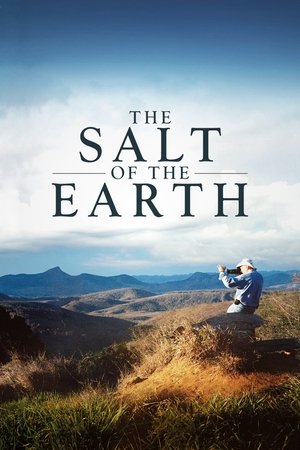 8.1
8.1The Salt of the Earth(fr)
During the last forty years, the photographer Sebastião Salgado has been travelling through the continents, in the footsteps of an ever-changing humanity. He has witnessed the major events of our recent history: international conflicts, starvations and exodus… He is now embarking on the discovery of pristine territories, of the wild fauna and flora, of grandiose landscapes: a huge photographic project which is a tribute to the planet's beauty. Salgado's life and work are revealed to us by his son, Juliano, who went with him during his last journeys, and by Wim Wenders, a photographer himself.
 7.9
7.9Koyaanisqatsi(en)
Takes us to locations all around the US and shows us the heavy toll that modern technology is having on humans and the earth. The visual tone poem contains neither dialogue nor a vocalized narration: its tone is set by the juxtaposition of images and the exceptional music by Philip Glass.
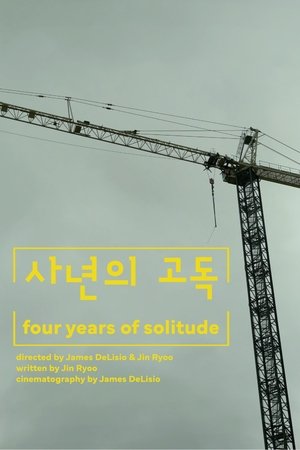 0.0
0.0Four Years of Solitude(en)
A written testimony by co-director Jin Ryoo on his experience preparing for Korean compulsory military service is juxtaposed with images of an empty UCSD campus, the desolate construction sites sprawling off of it, and the Mt. Soledad Veterans Memorial.
 5.2
5.2Todo Todo Teros(en)
Basically an artist is also a terrorist, the protagonist thinks in an unguarded moment. And if he is a terrorist after all, then he might just as well be one. Not an instant product, but an experimental feature in which diary material is brought together to form an intriguing puzzle.
 0.0
0.0Taon Noong Ako'y Anak sa Labas(tl)
Filmmaker John Torres describes his childhood and discusses his father's infidelities.
 8.2
8.2Baraka(en)
A paralysingly beautiful documentary with a global vision—an odyssey through landscape and time—that attempts to capture the essence of life.
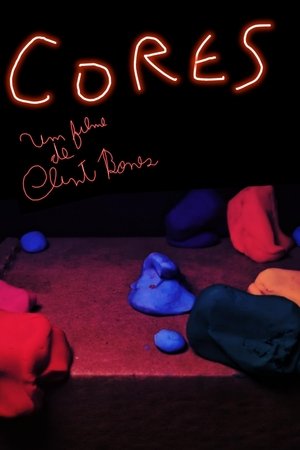 0.0
0.0Colours(xx)
Cores (Colours) is an experimental and independent animation by Clint Bones. Using Stop-Motion Animation, this film is about Palestine and their long combat with Israel. All that following a 60´s Psychedelia inspired visual.
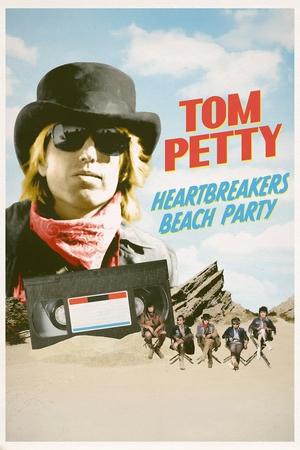 8.0
8.0Heartbreakers Beach Party(en)
Documentary that captures Tom Petty and the band in 1982-1983 as they finish, promote, and tour around the “Long After Dark” album (their final with legendary producer Jimmy Iovine). It aired only once on MTV in 1983. After the long lost 16mm reels were finally found, a restored version with 19 minutes of extra footage was released in 2024.
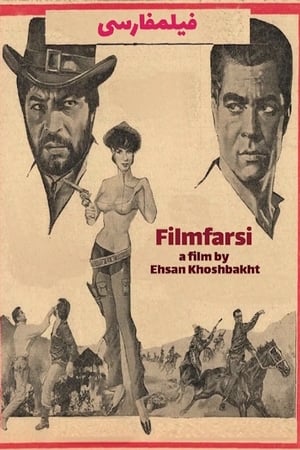 2.0
2.0Filmfarsi(en)
A found-footage essay, Filmfarsi salvages low budget thrillers and melodramas suppressed following the 1979 Islamic revolution.
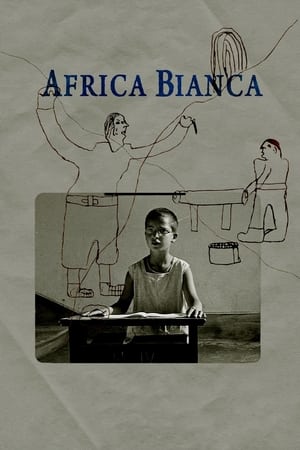 5.3
5.3The Imperial Lullaby(it)
The armies of Fascist Italy conquered Addis Ababa, capital of Abyssinia, in May 1936, thus culminating the African colonial adventure of the ruthless dictator Benito Mussolini, by then lord of Libya, Eritrea and Somalia; a bloody and tragic story told through the naive drawings of Pietro Dall'Igna, an Italian schoolboy born in 1925.
 6.3
6.3Roundhay Garden Scene(en)
The earliest surviving celluloid film, and believed to be the second moving picture ever created, was shot by Louis Aimé Augustin Le Prince using the LPCCP Type-1 MkII single-lens camera. It was taken in the garden of Oakwood Grange, the Whitley family house in Roundhay, Leeds, West Riding of Yorkshire (UK), possibly on 14 October 1888. The film shows Adolphe Le Prince (Le Prince's son), Mrs. Sarah Whitley (Le Prince's mother-in-law), Joseph Whitley, and Miss Harriet Hartley walking around in circles, laughing to themselves, and staying within the area framed by the camera. The Roundhay Garden Scene was recorded at 12 frames per second and runs for 2.11 seconds.
